Highland forests
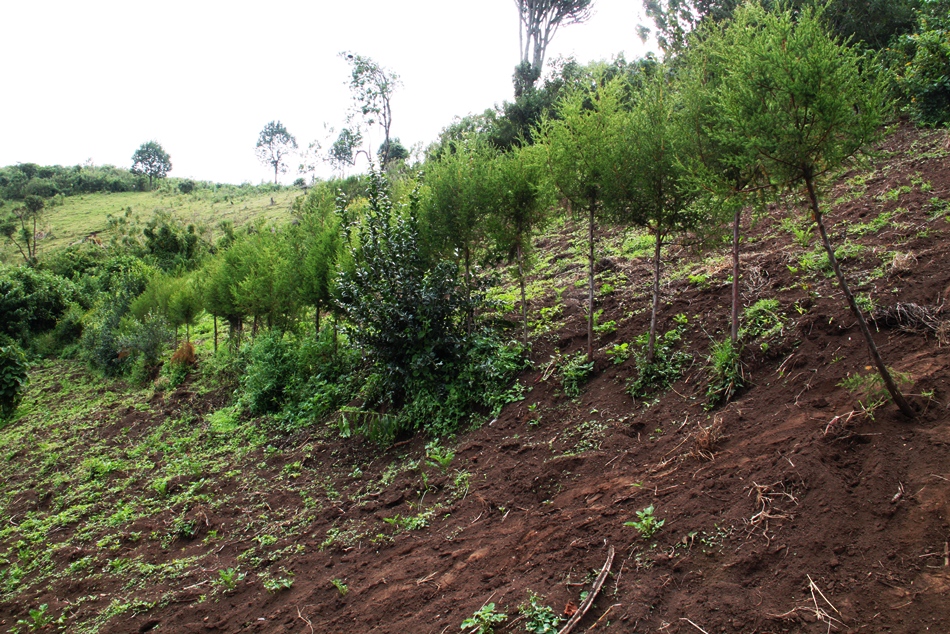

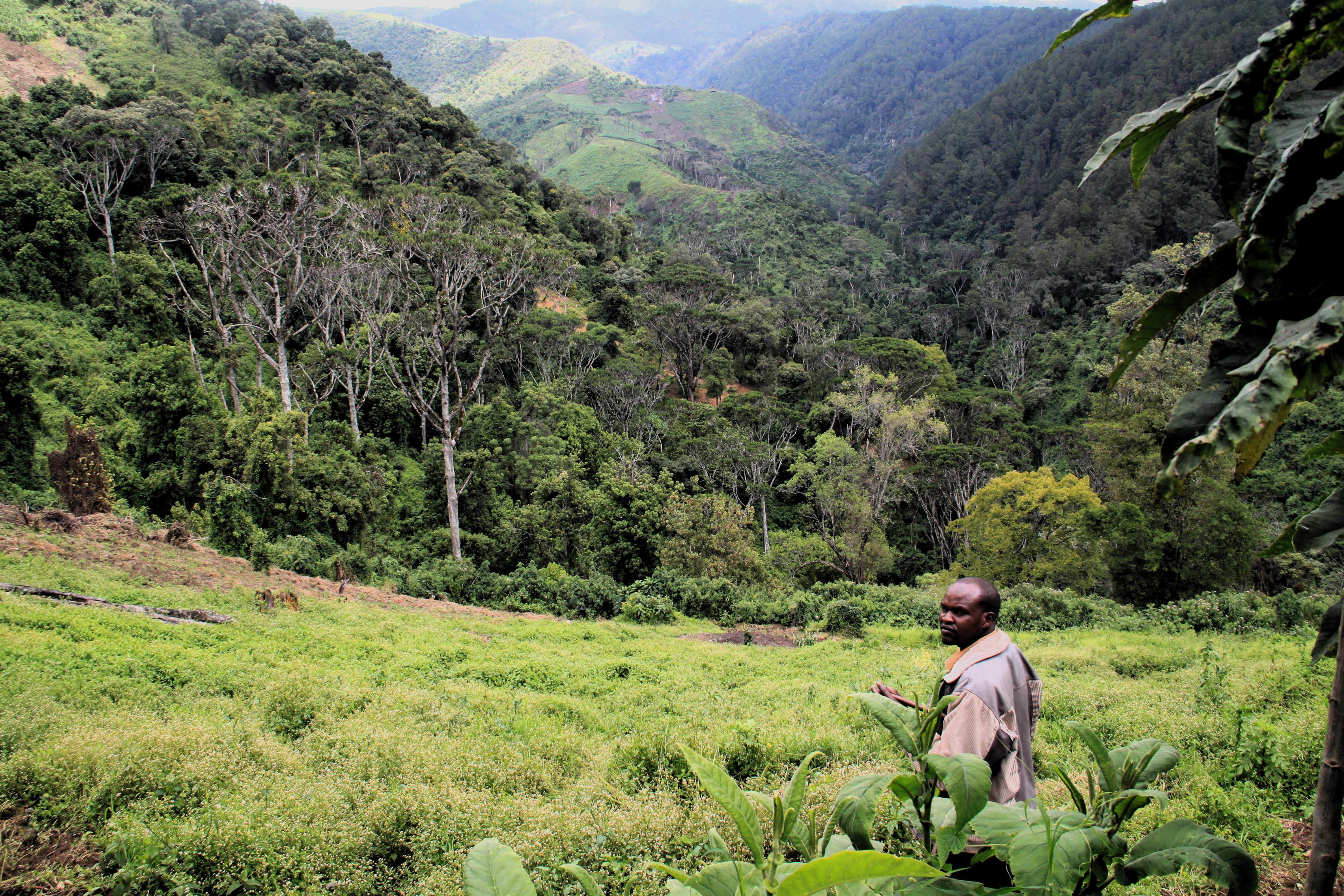
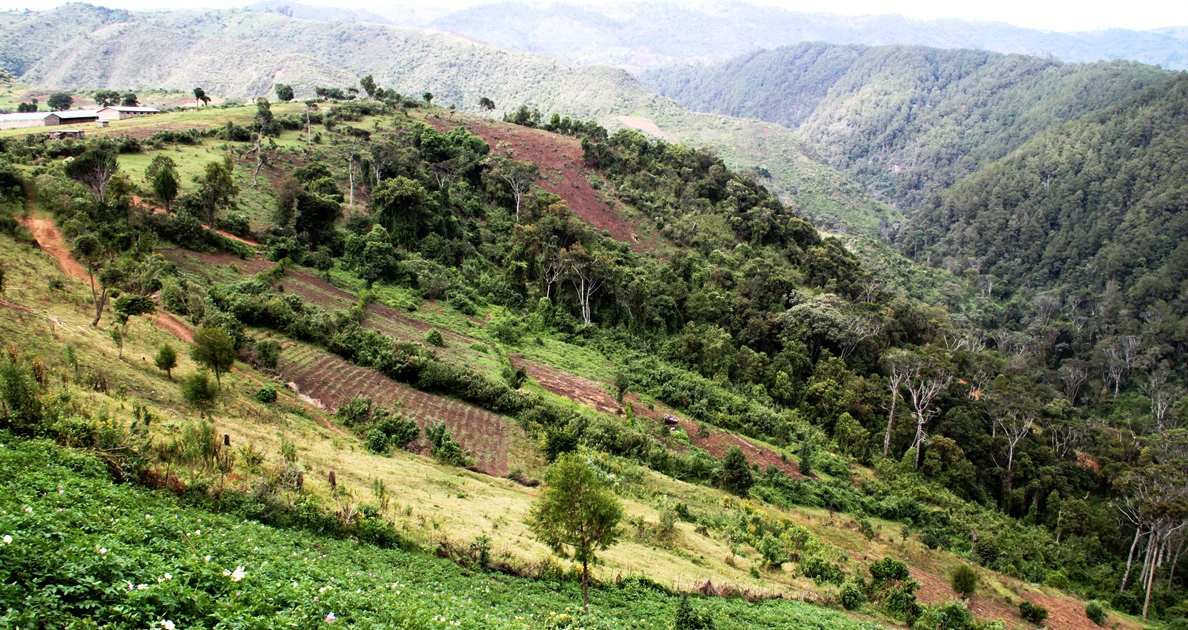
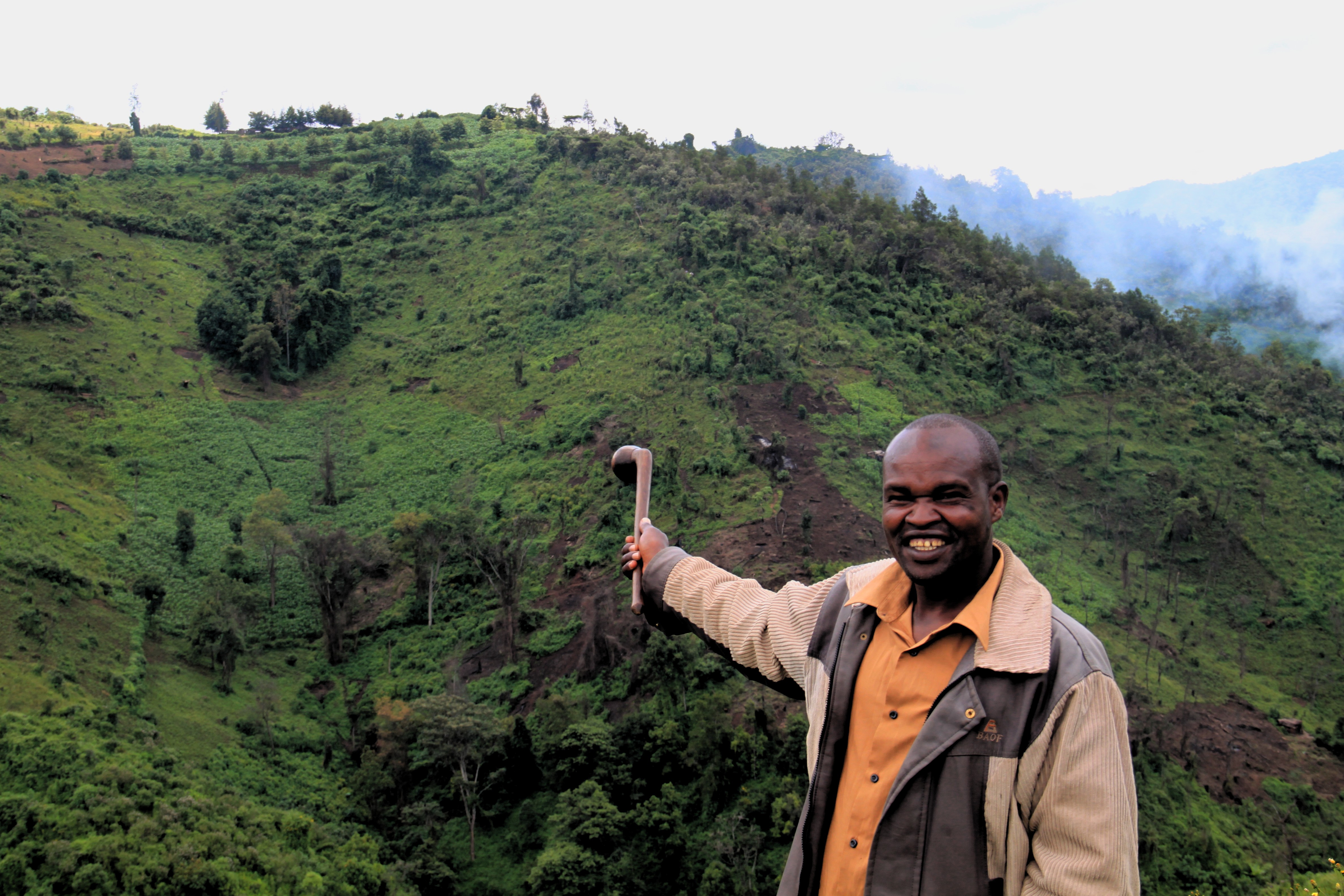

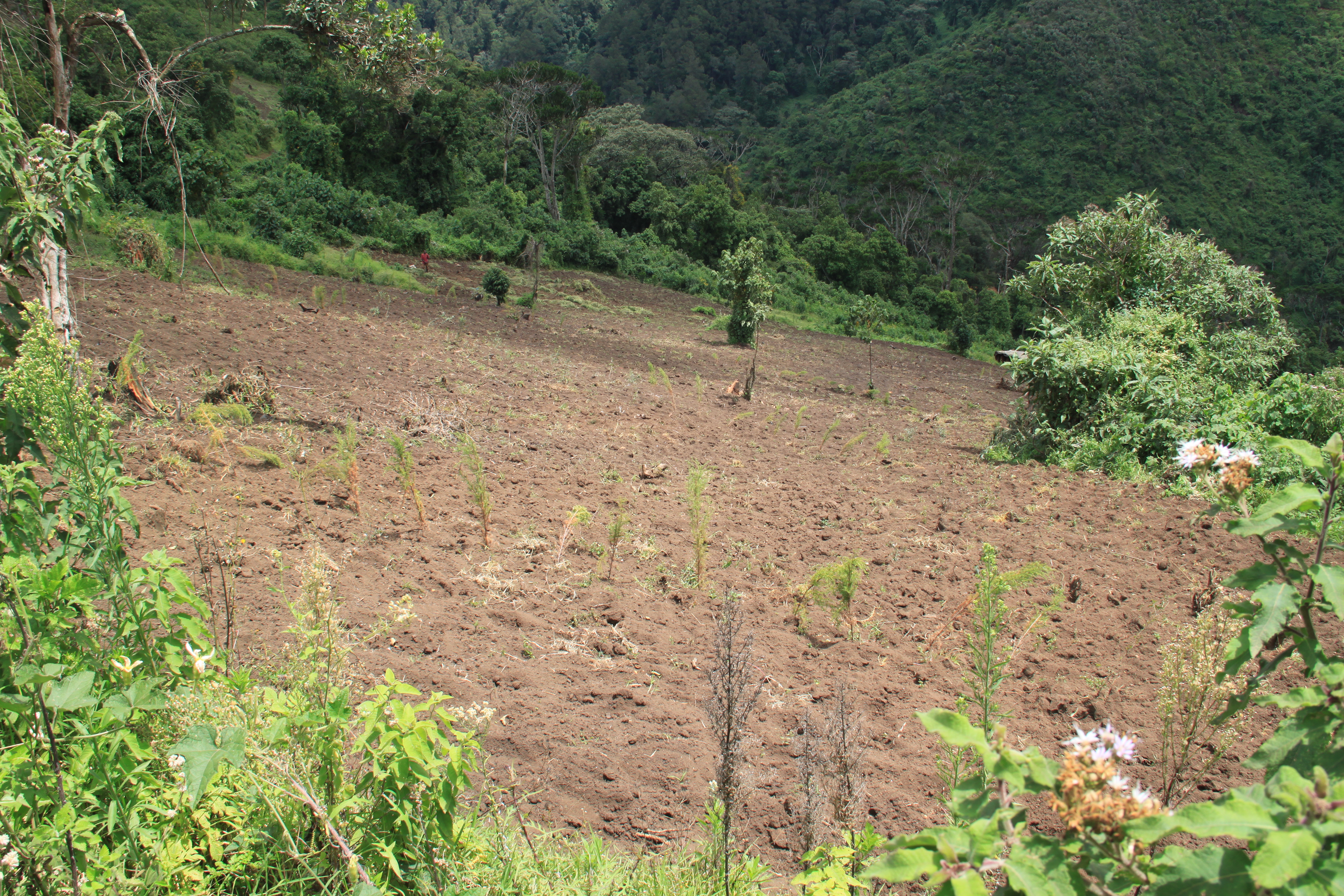
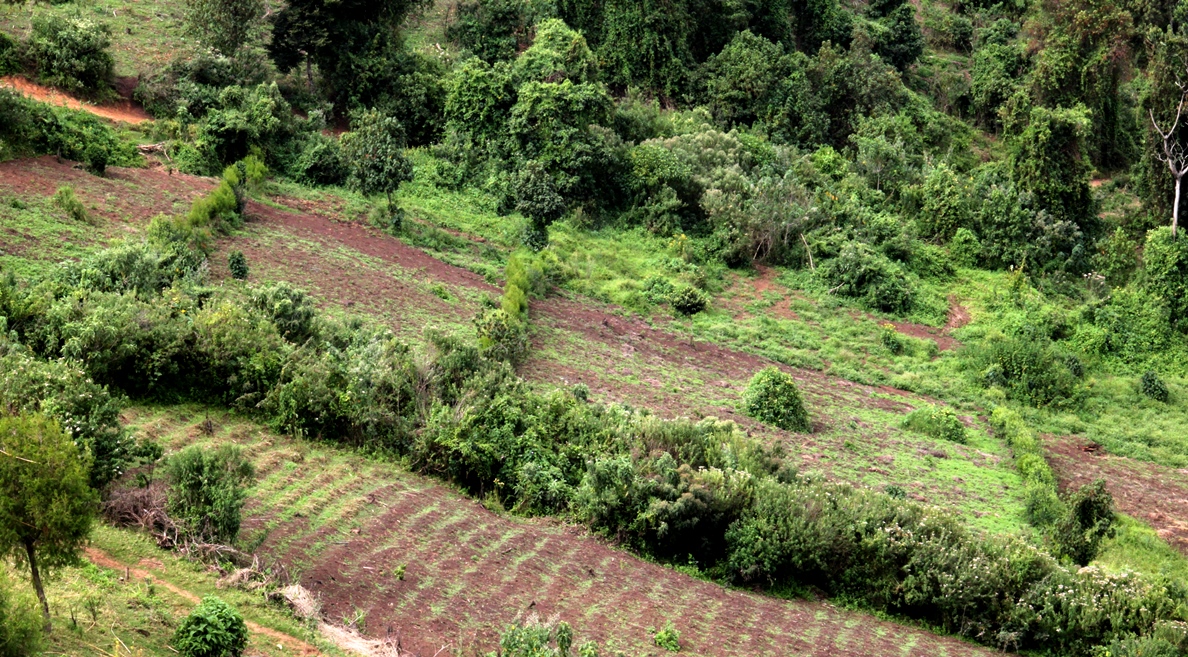
Kenya still holds some biodiverse pristine forests in which endemic species are dominant, despite rapid population growth and forst loss to illegal cutting and government de-gazetting their protected forst status. Most of these persist in high mountains and, otside the remaining protected areas, on steep ridges that are unsuitable for agriculture. Cattle and sheep tend to prevent tree regeneration and over the years become cause of forest fragmentation.
The Naivasha Basin has two important forest blocks: the Aberdare Forest in the east, protected by National Park status, and the unprotected Mau Forest in the west, up to recently known to be the largest single forest block in East Africa but presently severely fragmented and degraded. In the photographs above, you can see examples of reforestation on badly eroded slopes, at the margin of a high altitude forest; using red cedar (Juniperus procera), an endemic locally endangered tree, the tallest and the only afrotropical juniper species.
Dry Afromontane forests dominated by red cedar used to be common throughout East Africa between 1000 and 3500 m altitude under a mean annual temperature of below 19°C. At higher elevations it used to be contiguous to the bamboo belt (today it persists only in National Parks), dividing forests from tropical moorland. Cedar timber is considered high quality hardwood, resistant to rot and to termites, and is in high demand for multiple uses.
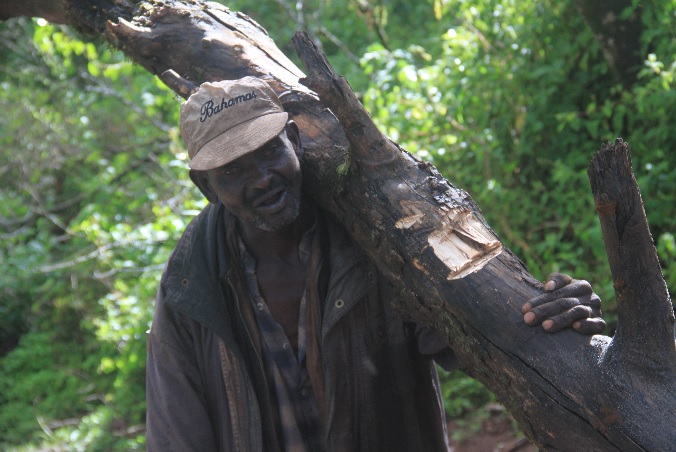
Red cedar may reach up to 50 m height and over 2 m diameter, however such large trees are now very rare. Reforestation attempts are hampered by the need to reproduce red cedar's mychorrhyzal associations. Cedar forests grow on fertile vulcanic soils next to Podocarpus (Afrocarpus falcatus) - rare highly reputed hardwood object of heavy logging, and host a moderate number of endemic animals. In particular: the very rare bongo antelope (Tragelaphus eurycerus), chameleons (up to 6 species), shrews, rodents, as well as rare forest birds. Biogeographers consider that the Kenyan highland forests represent secondarily isolated remains of a formerly continuous Guineo-Congolian forest belt that used to be connected with central and west Africa.



